SOURCE: RAUNAK KUNDE / NEWS BEAT / IDRW.ORG


In a significant boost to India’s Indigenous defence production capabilities, the Gas Turbine Research Establishment (GTRE), a key R&D arm of the Defence Research and Development Organisation (DRDO) will be getting Limited scale production of the Small Turbofan Engine (STFE) from Private sector company by early 2026.
The 400-kg thrust class Small Turbofan Engine (STFE) developed by GTRE is specifically designed for subsonic Cruise missiles and UAVs. Subsonic cruise missiles are used to deliver warheads over long distances and can carry either conventional or nuclear warheads. They fly at speeds below the speed of sound, typically around 0.8 Mach and the same engine will also be used on the SwiFT UAVs to serve in various roles, including intelligence gathering, surveillance, and reconnaissance, making them indispensable for military operations that demand agility, precision, and endurance.
Continue readingSOURCE: IDRW.ORG.
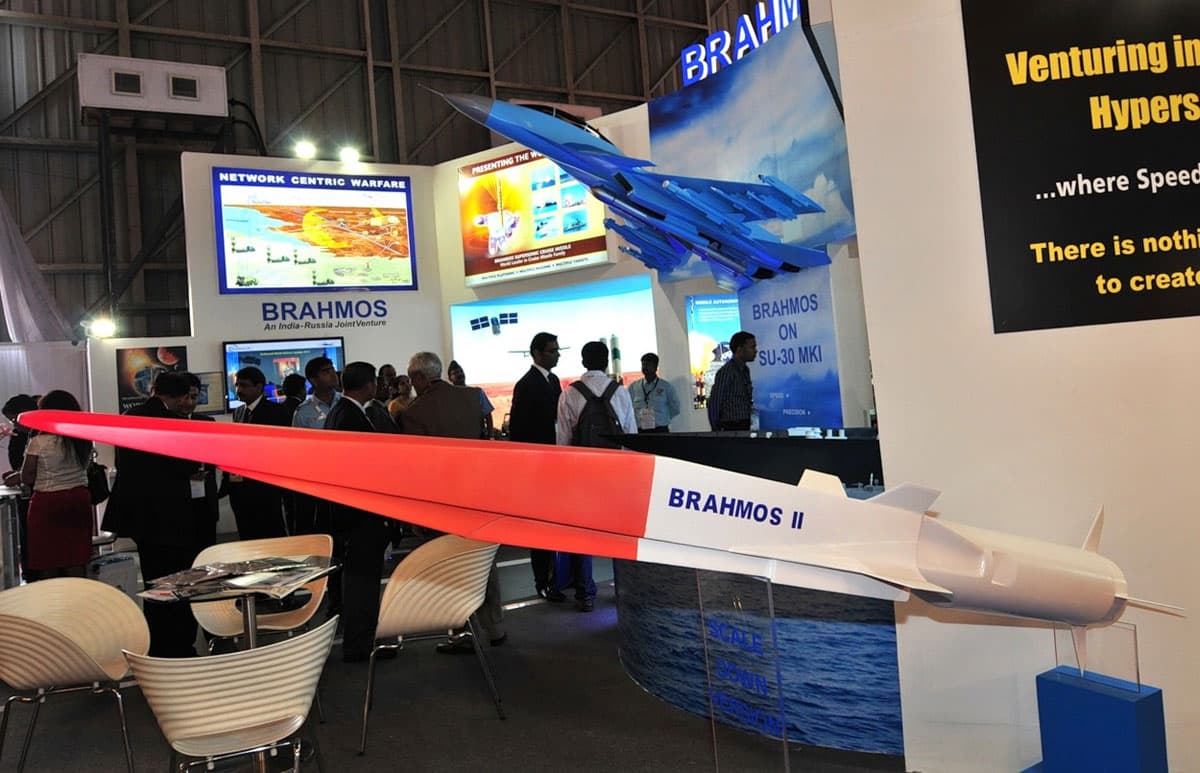

Recent Indian media reports indicate that the ambitious BrahMos-2K hypersonic missile program has been shelved for the time being due to high costs associated with its development. The BrahMos-2K, envisioned as a derivative of Russia’s 3M22 Zircon hypersonic missile, was intended to achieve speeds of Mach 6-7—slightly reduced from the Zircon’s Mach 9 capability. However, concerns over the per-unit cost have led the armed forces to reconsider the feasibility of the program.
The Indian Armed Forces have reportedly expressed reservations about the high per-unit cost of the BrahMos-2K missile, which would make large-scale acquisition financially prohibitive. With hypersonic missile technology still in its nascent stages globally, the costs of research, development, and production remain exorbitant.
Continue readingSOURCE: IDRW.ORG.
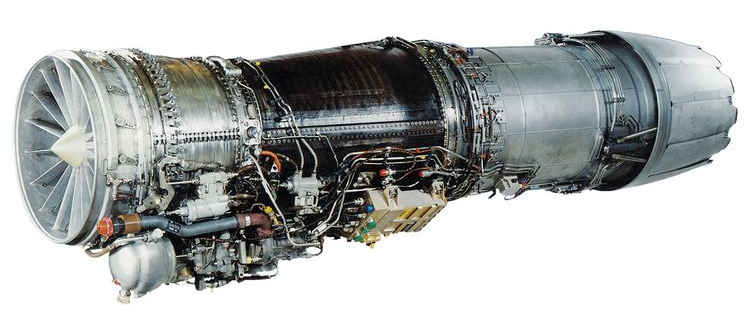

The Light Combat Aircraft (LCA) Mk2 program is set to make a significant leap forward in capability with the planned integration of the GE F-414 engine. This engine, which produces 98kN of thrust compared to the 84kN thrust of the GE-404 that powers the current LCA Mk1 and Mk1A, will offer a substantial performance upgrade for the LCA Mk2, enhancing its combat capabilities and operational envelope. In a major boost for India’s self-reliance in defense manufacturing, Hindustan Aeronautics Limited (HAL) is reportedly in advanced discussions with General Electric (GE) for license production of the F-414 engine in India.
According to sources close to IDRW.org, the commercial terms of the agreement are currently being finalized, with expectations that a formal contract will be concluded within this financial year, likely in June 2025. HAL’s plans to manufacture the F-414 locally, with a high degree of technology transfer, reflect a commitment to reducing dependency on foreign suppliers for critical defence technology.
Continue readingSOURCE: RAUNAK KUNDE / NEWS BEAT / IDRW.ORG
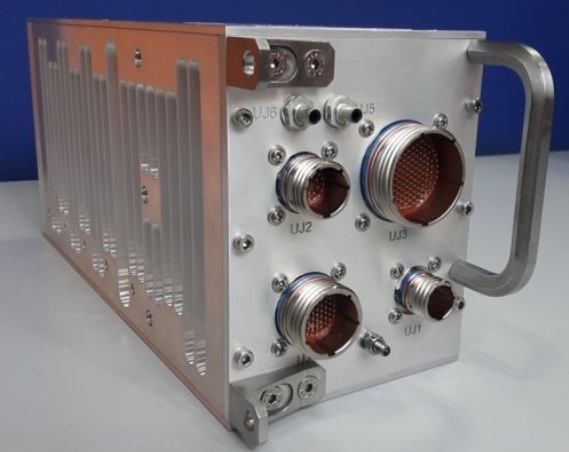

In a strategic move to enhance the combat capabilities and reliability of the Indian Air Force’s (IAF) Su-30MKI fleet, Hindustan Aeronautics Limited (HAL), in collaboration with the original equipment manufacturer (OEM) in Russia, is set to undertake an ambitious upgrade program. Dubbed the “Super Sukhoi” project, the modernization will encompass various critical system upgrades, including a significant overhaul of the fly-by-wire (FBW) system, which has been identified as a crucial area for improvement.
This step comes a decade after former Chief of the Air Staff, Air Chief Marshal N.A.K. Browne, highlighted a “design flaw” in the Su-30MKI’s FBW system. In 2012, Air Chief Marshal Browne raised concerns about the FBW issue and noted that this problem had been escalated to the design agency in Russia. The enhancement of the FBW system in the Super Sukhoi configuration aims to rectify these issues, improve reliability, and enable advanced combat capabilities.
Continue readingSOURCE: RAUNAK KUNDE / NEWS BEAT / IDRW.ORG


Hindustan Aeronautics Limited (HAL) is finalizing an agreement with GE Aerospace to commence local manufacturing of the F-414 engines in its Bangalore facility. This production effort is crucial for equipping the Indian Air Force’s (IAF) upcoming fleet of Tejas MkII and AMCA MkI aircraft. Once the deal is concluded—expected by the end of this year—HAL aims to produce the first “Made in India” F-414 engine within three years.
HAL is setting up an annual production capacity of approximately 30 F-414 engines at full scale, a significant milestone that will contribute to India’s self-reliance in defence manufacturing. Under the agreement, around 80% of the F-414 engine components will be manufactured domestically, with HAL developing specialized capabilities to meet this requirement. This local production marks a strategic leap, aligning with India’s “Aatmanirbhar Bharat” initiative and aiming to reduce dependency on foreign imports for critical defence technology.
Continue readingSOURCE: RAUNAK KUNDE / NEWS BEAT / IDRW.ORG


The Indian Air Force (IAF) is exploring cutting-edge technology to revolutionize its maintenance and inventory management systems. Aimed at enhancing operational efficiency and reducing costs, this initiative involves creating digital twins of aircraft parts, implementing advanced scanning technologies, and leveraging artificial intelligence (AI) for inventory optimization. Air Marshal Mohan recently outlined the IAF’s vision, highlighting the move from traditional hardware tree maintenance systems to predictive, data-driven solutions that promise to streamline and optimize aircraft maintenance.
In the current maintenance management system, each aircraft component is mapped in a “hardware tree” structure that catalogues the thousands of individual parts, like engine components, required for operational readiness. However, the IAF envisions an upgrade—where aircraft systems will be able to interact directly with a digital hardware tree and a digital twin, thereby transforming maintenance from reactive to predictive.
Continue readingSOURCE: IDRW.ORG.


In a significant milestone for India’s defence capabilities, the Defence Research and Development Organisation (DRDO) recently tested a Long-Range Hypersonic Missile, which achieved an impressive speed of Mach 6, or six times the speed of sound. This successful test showcases the missile’s advanced technology and brings India closer to enhancing its strategic deterrence and coastal defence systems.
During the missile’s test flight, various tracking systems were deployed to monitor its performance, and the missile was confirmed to have reached a speed of Mach 6, further validating the progress made by DRDO in hypersonic technology. Hypersonic missiles, capable of flying at speeds greater than Mach 5 (about 6,100 km/h), are considered a significant leap forward in missile technology, as they can travel faster and evade enemy countermeasures more effectively than traditional missile systems.
Continue readingSOURCE: IDRW.ORG.


In a strategic move to bolster mobility in high-altitude operations, the Indian Army is seeking advanced All-Terrain Vehicles (ATVs) that can be airlifted by helicopters to remote locations. These specialized vehicles are intended for use in extreme terrains, particularly in high-altitude regions such as the Himalayas, where conventional vehicles struggle to perform effectively. Designed to operate at altitudes up to 17,000 feet, the ATVs are expected to enhance cross-country mobility, support infantry surveillance missions, and serve as mobile platforms for logistics and weapon deployment.
To meet the operational demands in mountainous and high-altitude areas, the Army has specified stringent criteria for the ATVs. The vehicles must meet the following requirements.
Continue readingSOURCE: RAUNAK KUNDE / NEWS BEAT / IDRW.ORG


Larsen & Toubro (L&T), one of India’s leading defense manufacturers, has announced a partnership with Advanced Weapons and Equipment India Limited (AWEIL) to jointly bid for the Indian Army’s prestigious Towed Gun System (TGS) project. The collaboration aims to offer the Dhanush 155x52mm towed howitzer, which will be locally manufactured by L&T if the bid is successful.
The TGS tender, initially for 400 units, is a critical part of the Indian Army’s modernization plan, with the potential to expand to 1,200 units in subsequent phases. The selected howitzer will become the backbone of the Army’s artillery, replacing aging systems with advanced, indigenously built platforms.
Continue readingSOURCE: RAUNAK KUNDE / NEWS BEAT / IDRW.ORG
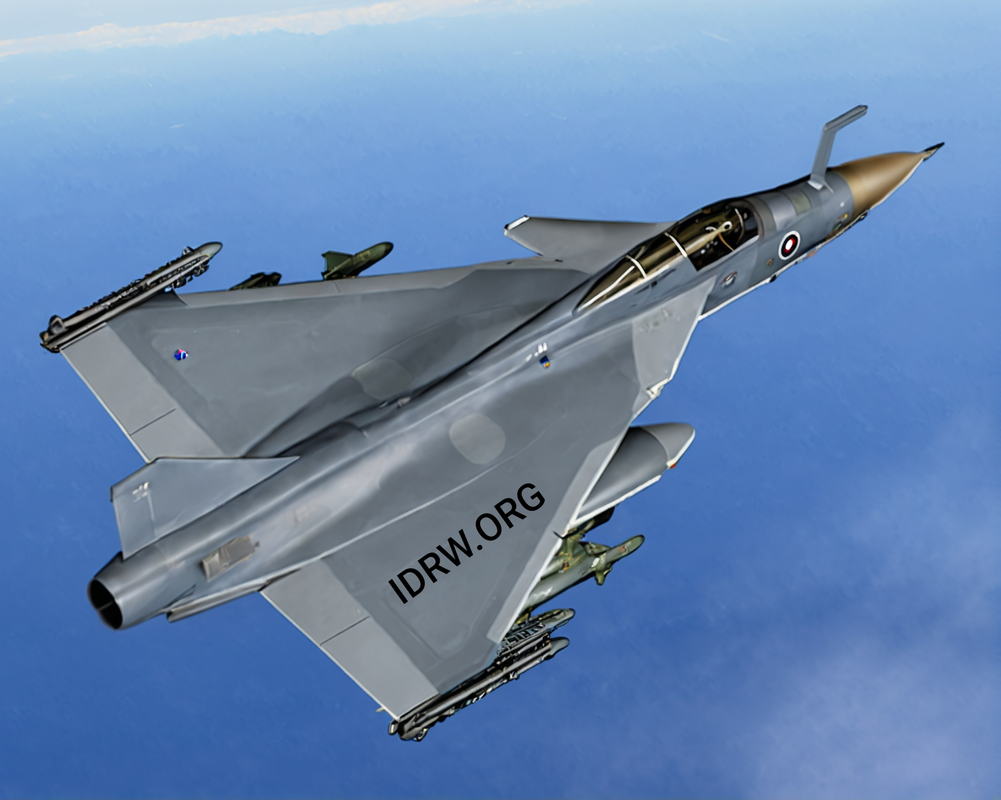

The Aeronautical Development Agency (ADA) has announced that the first prototype vehicle of the Light Combat Aircraft (LCA) MkII will be equipped with Line Replaceable Units (LRUs) common to the LCA MkI. This strategic decision aims to accelerate the prototyping process and begin initial trials without waiting for the development of LRUs designed for future platforms.
While the LCA MkII will initially rely on proven LRUs from the MkI variant, these components are expected to be replaced during the production phase with state-of-the-art LRUs under development for the Advanced Medium Combat Aircraft (AMCA) program.
Continue readingSOURCE: RAUNAK KUNDE / NEWS BEAT / IDRW.ORG


India’s Defence Research and Development Organisation (DRDO) has successfully tested a long-range hypersonic missile, marking a pivotal moment in India’s defense capabilities. This groundbreaking weapon system has the potential to redefine strategic security dynamics in the Indian Ocean Region (IOR), offering India unparalleled abilities in sea denial and commerce protection.
The hypersonic missile’s success underscores its significance as a consequential weapon for India’s defense and regional influence. Capable of reaching speeds greater than Mach 5, it offers superior range, precision, and survivability compared to conventional missiles.
Continue readingSOURCE: IDRW.ORG.
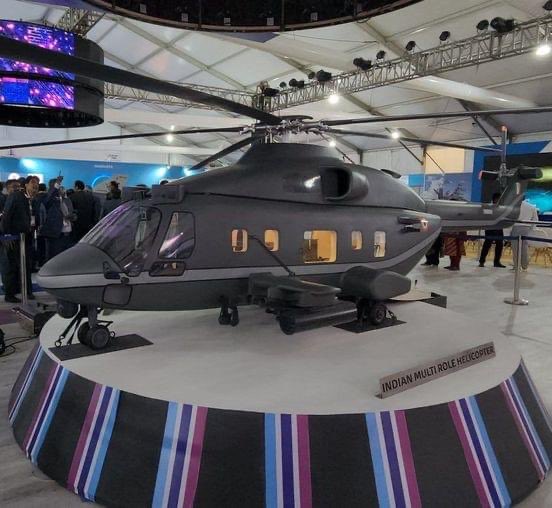

Hindustan Aeronautics Limited (HAL) is preparing to debut the first Ground Test Vehicle and prototype of its 13-ton Medium Lift Indian Multi-Role Helicopter (IMRH) by 2027. Positioned to meet a range of military and civil aviation needs, the IMRH will be a versatile, indigenous alternative to foreign rotorcraft, with design and operational specifications tailored to Indian Armed Forces’ unique requirements. The IMRH is part of HAL’s broader vision to bolster India’s aerospace self-reliance, expanding domestic production capabilities for advanced aviation technology.
Since its unveiling at Aero India 2023, the IMRH design has undergone significant refinement to enhance both performance and safety. HAL’s recent updates to the design include improvements in aerodynamics and structural safety, which are geared toward making the helicopter more resilient and adaptable across multiple mission types. As HAL aims to meet global standards in helicopter manufacturing, additional design refinements are planned to improve not only the IMRH’s functionality but also its aesthetic appeal, making it competitive with contemporary international models.
Continue readingSOURCE: IDRW.ORG.


The Defence Research and Development Organisation (DRDO) is progressing with the development of advanced 120mm and 125mm smooth-bore gun systems to equip India’s upcoming Next Generation Main Battle Tank (NGMBT) under the Future Main Battle Tank (FMBT) program. Both gun variants are smooth-bore, a design choice that enhances projectile velocity and penetrative capability compared to rifled barrels, marking a significant technological advancement for India’s armored warfare capabilities.
The NGMBT/FMBT program is part of India’s ongoing efforts to modernize its armoured corps with cutting-edge, indigenously designed systems. With both 120mm and 125mm smooth-bore options in development, DRDO aims to provide the Indian Army with a flexible choice depending on mission requirements and compatibility with evolving ammunition technologies. The development of these two variants highlights DRDO’s strategy to enhance both firepower and compatibility with future ammunition systems, such as advanced armour-piercing fin-stabilized discarding sabot (APFSDS) rounds and high-explosive anti-tank (HEAT) projectiles.
Continue readingSOURCE: RAUNAK KUNDE / NEWS BEAT / IDRW.ORG
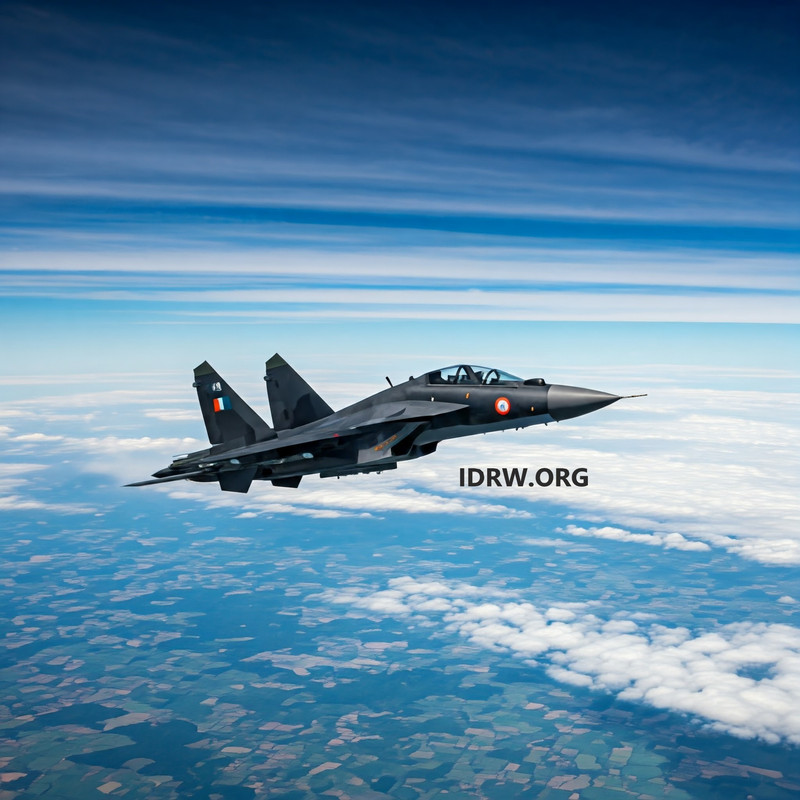

The Indian Air Force (IAF) and Hindustan Aeronautics Limited (HAL) are preparing to commence the long-anticipated ‘Super Sukhoi’ upgrade program, a significant modernization initiative for the Su-30MKI fleet. The program aims to enhance 84 Su-30MKIs with advanced avionics, radar, weapon systems, and electronic warfare capabilities, bringing them close to fifth-generation fighter standards, albeit without stealth features. This project is crucial for ensuring the Su-30MKI’s operational relevance until at least 2060.
The Super Sukhoi upgrade will be executed in two main phases, with each phase incorporating progressively advanced technologies to enhance the Su-30MKI’s performance.
Continue readingSOURCE: RAUNAK KUNDE / NEWS BEAT / IDRW.ORG
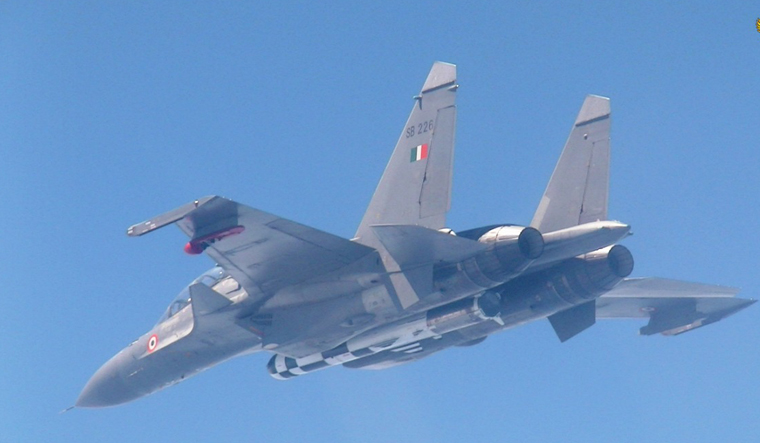

BrahMos Aerospace, a joint venture between India’s Defence Research and Development Organisation (DRDO) and Russia’s NPO Mashinostroyeniya, is progressing with a significant upgrade to its BrahMos-A air-launched cruise missile (ALCM).
The range of this supersonic missile, currently operational at 450km, will be expanded to nearly 800km, reinforcing its position as one of the most lethal air-launched precision strike systems in the world. This enhancement marks the second major upgrade for the BrahMos missile system and reflects India’s ongoing commitment to bolstering its air-to-ground strike capabilities.
Continue reading